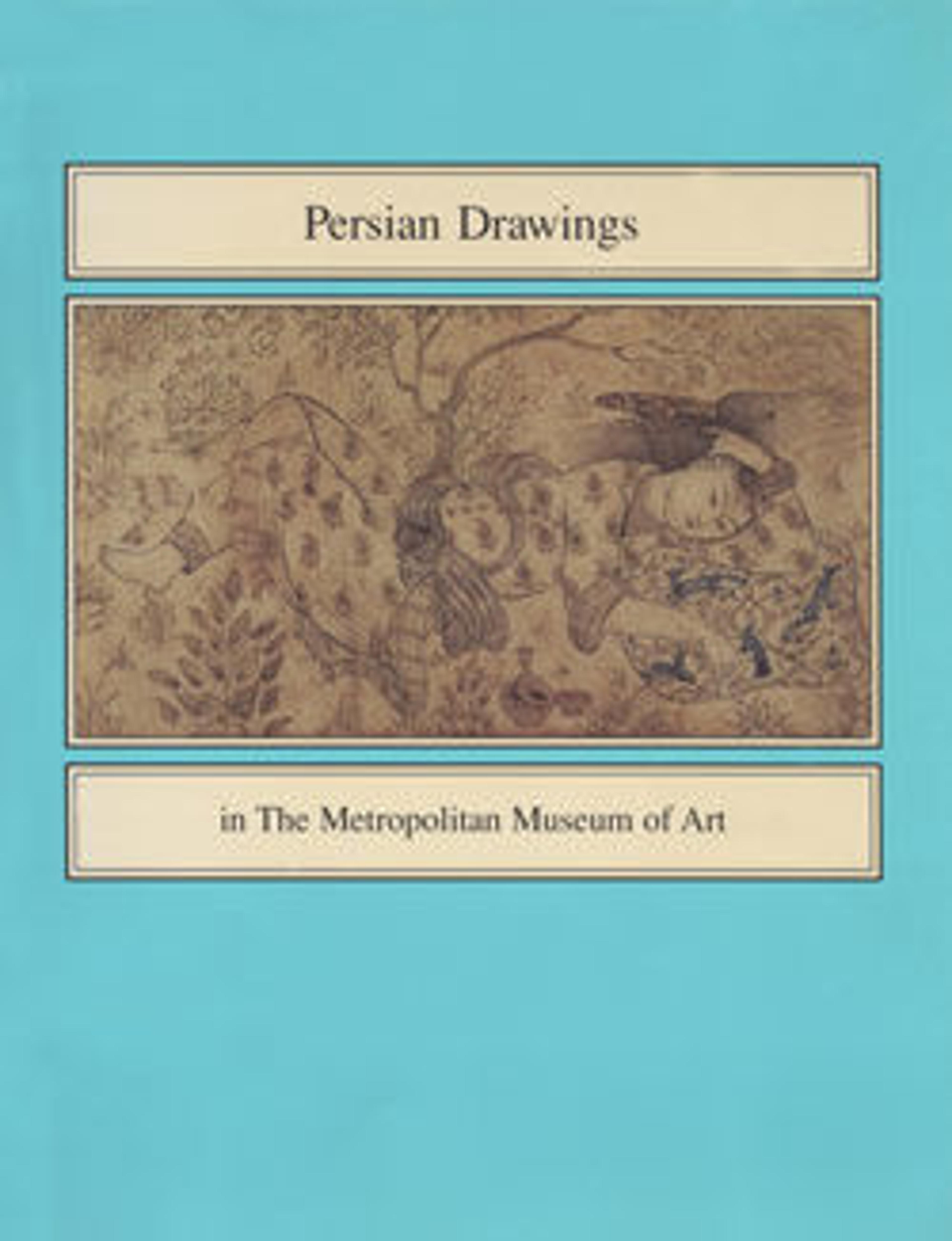Men Preparing Some Sort of Intoxicant in the Country
Gatherings of dervishes preparing and partaking of intoxicants in the countryside were popular in Iran from about 1615 until the mid-17th century. At least five figures in this composition are based on earlier versions of this scene. However, the scribe and his companion at the lower left are unique to this drawing and introduce the notion of figures who witness but do not participate in the activities of the dervishes.
Artwork Details
- Title: Men Preparing Some Sort of Intoxicant in the Country
- Date: mid-17th century
- Geography: Attributed to Iran
- Medium: Ink, watercolor, and opaque watercolor on paper
- Dimensions: H. 6 1/4 in. (15.9 cm)
W. 5 in. (12.7 cm) - Classification: Codices
- Credit Line: Purchase, Joseph Pulitzer Bequest, 1952
- Object Number: 52.20.7
- Curatorial Department: Islamic Art
More Artwork
Research Resources
The Met provides unparalleled resources for research and welcomes an international community of students and scholars. The Met's Open Access API is where creators and researchers can connect to the The Met collection. Open Access data and public domain images are available for unrestricted commercial and noncommercial use without permission or fee.
To request images under copyright and other restrictions, please use this Image Request form.
Feedback
We continue to research and examine historical and cultural context for objects in The Met collection. If you have comments or questions about this object record, please complete and submit this form. The Museum looks forward to receiving your comments.
